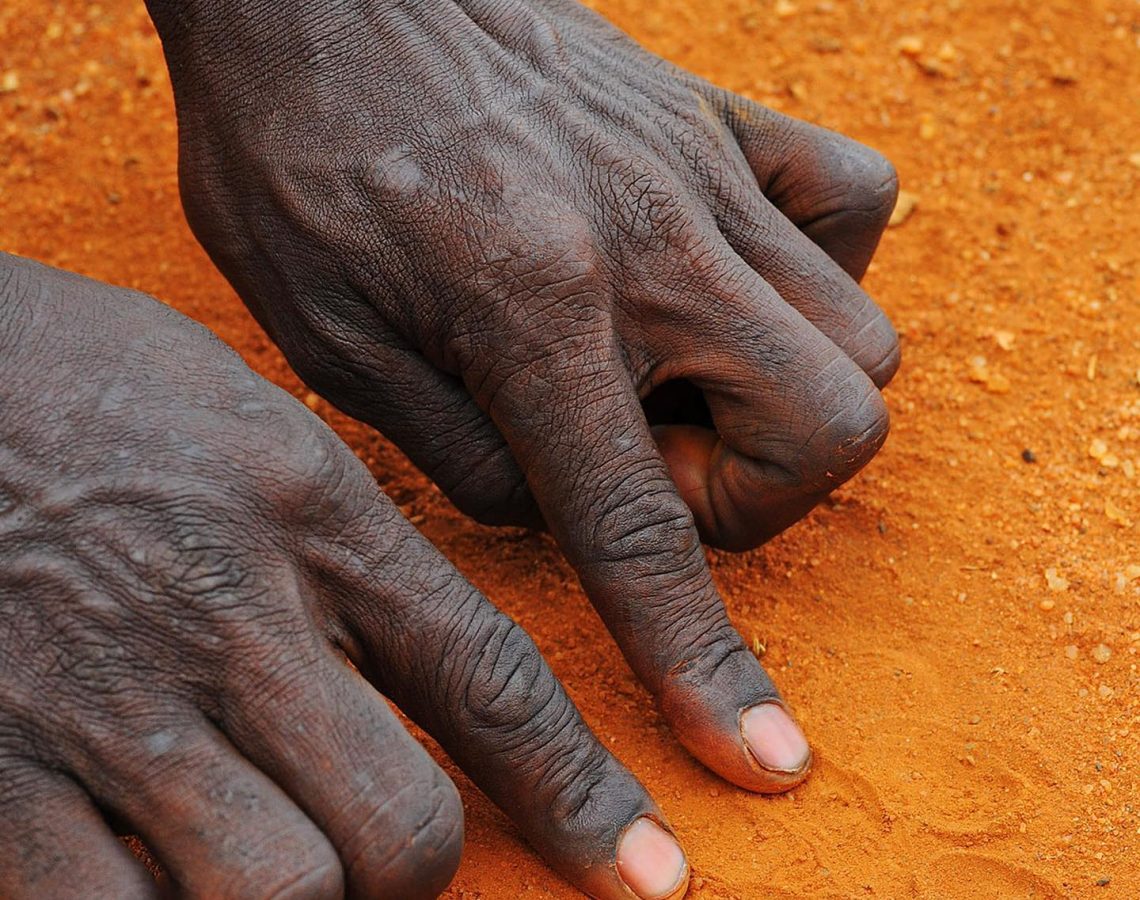The art of lion tracking: a first-hand experience

By Eric Ole Kesoi, Lion Guardians Community Manager
Lion tracking is an addictive art. Men from pastoralist communities learn this skill very early in life. I have formed the habit of tracking early every day when I am at the Lion Guardians camp. I find that there are few pleasures as wonderful as a peaceful early morning walk in nature. By studying the tracks left behind by different species during the day and night, one can reconstruct exactly what happened at a scene, right down to the thinking behind the animals’ actions.
Recently I tracked two male lions along a tributary river that flows not far from the Lion Guardians’ camp. The lions chose this area because their prey converge there to graze on the grass, so rare in this area. We are currently in the grip of a drought that has affected a large part of our ecosystem. The short rains that usually fall between October to December were very light and inadequate. The long rains that were expected between the months of March to May simply did not arrive. I dread the effect the drought will have on livestock and wildlife.
Along the river that morning, I saw zebras, wildebeest, eland and gazelles. As I was busy tracking the two male lions, I came face to face with two male buffaloes. I had not seen them earlier as they were in the riverbed. The buffaloes saw me. We sized each other up for a few seconds. I was in an open area that had no trees. I felt exposed. Buffaloes are some of the most aggressive animals one can encounter in the bush. If they were to attack me I had nowhere to hide. I shooed them away and, fortunately, they turned and ran away. I continued to track the lions until I saw them. I called our team to report the sighting. The lions were from Nenkukuo Keli’s pride. They had big bellies. We later realised that they had killed a giraffe. We left them to enjoy their well-earned rest.



Leave a Reply